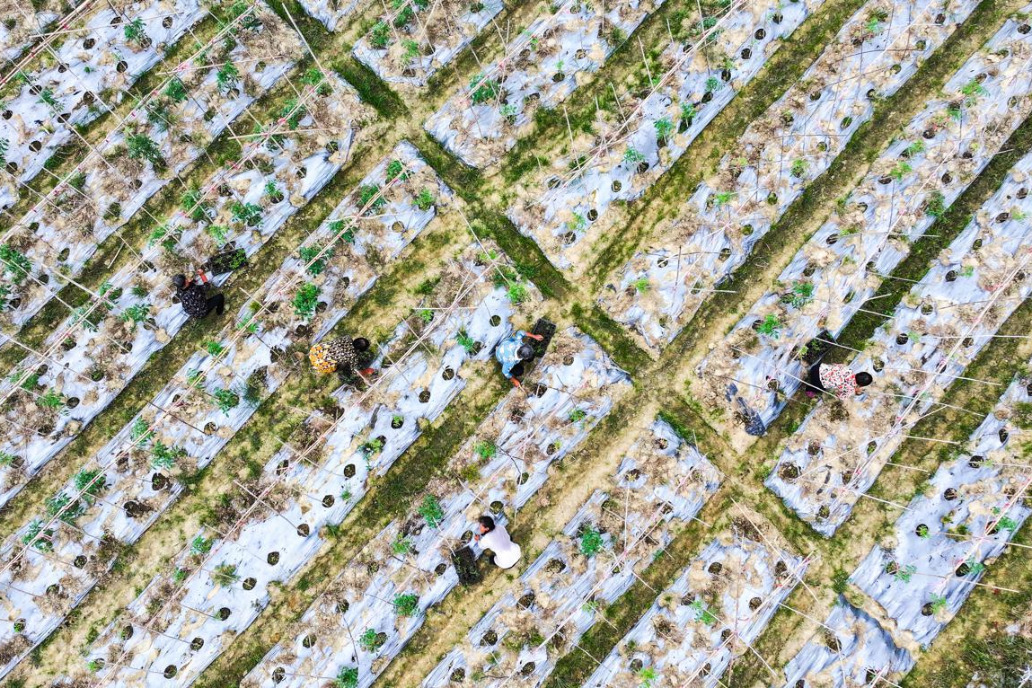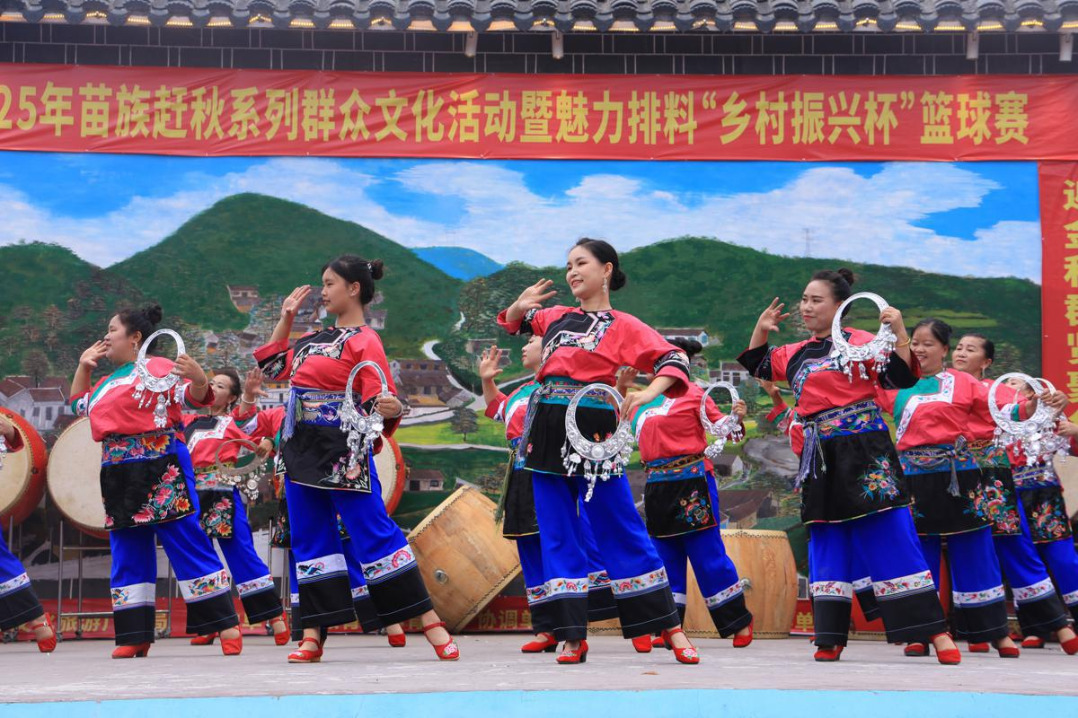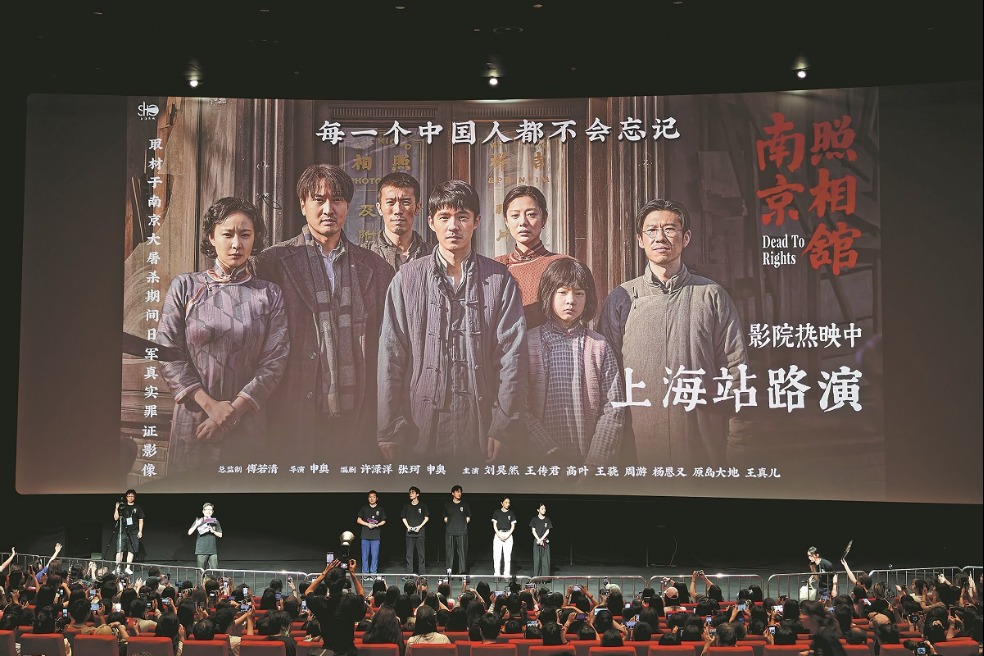Collaborative kiwi lab yields fruitful results
10-year partnership with New Zealand preserves germplasm resources


A kiwifruit laboratory established by China and New Zealand a decade ago has yielded fruitful results in preserving germplasm resources, as well as in breeding and promoting new varieties, researchers said.
Kiwifruit is native to China and was introduced to New Zealand in 1904 by a teacher named Isabel Fraser. Growers in New Zealand worked for years to develop the first commercial variety, and in the 1950s, as merchants began to promote the fruit overseas, they named the fruit after the country's national bird, the kiwi.
The China-New Zealand Belt and Road Joint Laboratory on Kiwifruit, a collaborative effort between the Sichuan Provincial Academy of Natural Resource Sciences and the New Zealand Institute for Plant and Food Research, was inaugurated by the countries' top leaders in 2014 and became operational in Sichuan Tianfu New Area in 2018.
Zhuang Qiguo, the Chinese director of the joint laboratory, said it has established the world's largest germplasm repository for red-fleshed kiwifruit, preserving 90 percent of the global red-fleshed kiwifruit resources.
The academy began collecting and preserving wild kiwifruit germplasm resources in the 1980s and established a cooperative relationship with the New Zealand Institute for Plant and Food Research in the 1990s, said Zhuang, who is also director of the academy's kiwifruit research institute.
"There are 54 wild species of kiwifruit in the world, and China is home to 52 of them," he said, adding that the wild germplasm resources are important materials for breeding new varieties.
Wang Yongzhi, deputy director of the Sichuan Provincial Academy of Natural Resource Sciences, said that in the past decade the laboratory's core research team has grown from 10 to 40 members.
It has also established a 133.3-hectare demonstration base in Sichuan's Mianzhu and Deyang, as well as facilities in Shaanxi and Guizhou provinces, two major kiwifruit-producing provinces, to identify and promote varieties that are well-suited to the local altitude, soil and climate.
Wang said that the new varieties of red-fleshed kiwifruit represented by "Hongyang", and the supporting technologies developed by the laboratory, have been applied to a cultivation area of more than 80,000 hectares in 15 provincial-level administrative regions across the country, accounting for 30 percent of China's kiwifruit cultivation area.
Sichuan, a major cultivation area for these new varieties, has emerged as the world's largest production base for red-fleshed kiwifruit, with the annual output of the province's kiwifruit industry exceeding 10 billion yuan ($1.38 billion), Wang said.
"The new varieties have obtained plant variety rights in 14 countries and the European Union, and have been authorized for cultivation on a total area of over 3,500 hectares across 11 countries," he added.
To promote international exchange and cooperation, the laboratory has been organizing a science and technology exchange conference and an international symposium on kiwifruit innovation and development.
It has also been organizing an international training workshop, drawing the participation of scientists and technicians from countries including Egypt, Pakistan, Mongolia, Afghanistan, Iran and Nepal.
Looking ahead, Wang said the laboratory will focus on research in fields including genome sequencing for red-fleshed kiwifruit, pest and disease control and safe production techniques for kiwifruit orchards, while also promoting its new varieties and technologies worldwide.
Xu Luyuan, a senior official of the Deyang science and technology bureau, said the city government signed a strategic cooperation agreement with the academy last year to establish a red-fleshed kiwifruit technology innovation center, focusing on research areas including cultivating new varieties, green pest and disease control, and standardized cultivation techniques.
The bureau has been organizing regular events to foster partnerships between the laboratory and local fruit companies, agricultural enterprises and growers, driving the application of high-quality varieties and advanced cultivation techniques, she said.
Contact the writers at pengchao@chinadaily.com.cn
- Shanghai Museum to join Egypt's project
- Tech innovation propels nation's industrial future
- China launches low Earth orbit satellite group
- China successfully launches new test satellite
- Books of Xi's discourses on adhering to deepening reform comprehensively published
- China activates Level-IV emergency flood-control response in Hainan




































